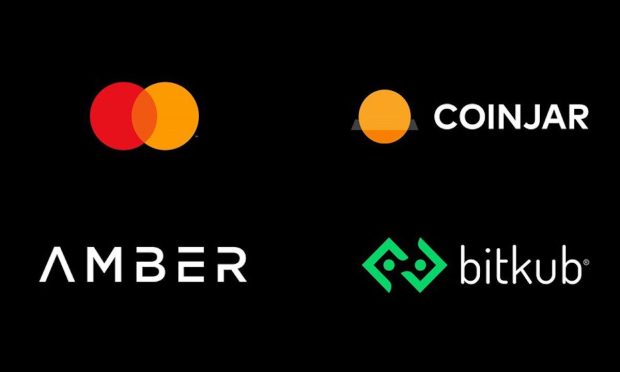Mastercard Launches Crypto-Linked Payment Cards in APAC

Mastercard announced on Monday (Nov. 8) that it has partnered with three leading digital currency companies across Asia-Pacific to launch crypto-linked payment cards. As a result of the partnerships with Amber, Bitkub and CoinJar, consumers and businesses in the APAC region will be able to apply for crypto-linked Mastercard credit, debit or prepaid cards that will enable them to instantly convert their cryptocurrencies into traditional fiat currency, which they can then spend anywhere Mastercard is accepted, according to a press release.
These three companies are the first APAC-based crypto firms to join Mastercard’s global Crypto Card Program, which aims to streamline and speed up the process of bringing secure, compliant payment cards to market.
“Cryptocurrencies are many things to people — an investment, a disruptive technology or a unique financial tool,” Rama Sridhar, executive vice president, digital and emerging partnerships and new payment flows, Asia-Pacific, Mastercard, said in the release. “As interest and attention surge from all quarters, their real-world applications are now emerging beyond the speculative.”
“The Crypto Card Program is part of Mastercard’s strategy in the digital assets space to help provide customers, merchants and businesses with more choice in how they move digital value,” the release stated. The company also noted that Mastercard works to support participating FinTech companies by “reducing barriers to entry, streamlining the onboarding process and offering access to dedicated FinTech and digital asset experts, and in-market teams to accelerate their growth and execution.”
Read more: Mastercard Moves to Eliminate ‘Fiat Burden’ and Compliance Worries From Crypto Cards
In an August interview, Raj Dhamodharan, executive vice president of digital asset and blockchain products and partnerships at Mastercard, told PYMNTS CEO Karen Webster that simplifying crypto card issuance “meets the immediate value propositions and the requirement that the issuers have.” It also allows for a step-by-step evolution of the crypto ecosystem, bringing banks, issuers and processors together as they embrace different options for paying and getting paid.
